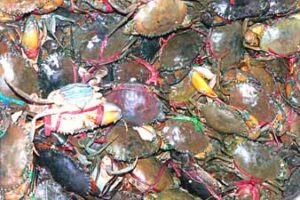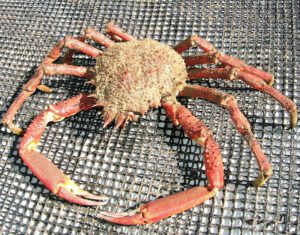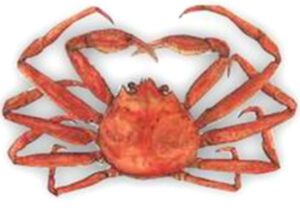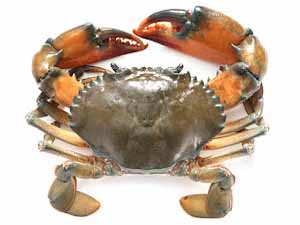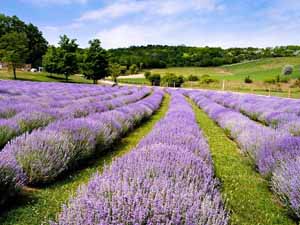The European Green crab is a common littoral crab. It is also known by many different names in different parts of the world.
It’s common names include the Shore crab, Green Shore crab, Green crab, European Shore crab etc. It is actually a widespread invasive species, and listed among the 100 ‘world’s worst alien invasive species’.
The European Green crab is actually native to the north-east Atlantic Ocean and Baltic Sea.
But it has colonized similar habitats in Australia, South Africa, South America and both Atlantic and Pacific coasts of North America. Read some more information about this crab species below.
European Green Crab Characteristics
The carapace of the European Green crab has five short teeth along the rim behind each eye, and three undulations between the eyes.
The undulations, which protrude beyond the eyes, are the simplest means of distinguishing C. maenas from the closely related C. aestuarii, which can also be an invasive species.
The color of the European Green crab varies greatly from green to brown, grey or red. This color variation has a genetic component, but is largely due to local environmental factors.
On average the juvenile crabs display greater patterning than adults. Generally the crabs which delay molting become red-colored rather than green.
The red crabs are stronger and more aggressive, but are less tolerant of environmental stresses (such as low salinity or hypoxia).
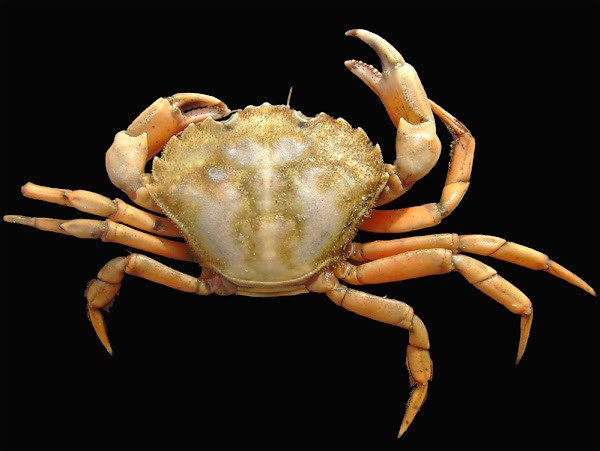
On average, the carapace of the European Green crab is up to 60 mm long and around 90 mm wide. But some crabs can reach around 10.1 cm wide outside their native range in British Columbia. Photo and info from Wikipedia.
Diet
The European Green crabs are mainly feed on a variety of molluscs, worms and small crustaceans.
Breeding
The European Green crabs generally mate between spring and fall, though timing varies.
Generally a male crab mate with a smaller female by holding her underneath him and carrying her around until she molts. And after the molting the female crab turns over and they mate.
The female crab extrudes the eggs in a mass that she carries under her abdomen. On an average under favorable conditions, a large female crab can spawn up to 0.2 million eggs at a time.
Uses
The European Green crab is used for food. It is also commercially harvested and used for bait in Europe and sometimes in the eastern United States.
Special Notes
The European Green crab is fished on small scale in the north-east Atlantic Ocean, with approximately 1200 tonnes being caught annually. Countries with largest catches are France and the United Kingdom.
The European Green crabs can live in all types of protected and semi-protected marine and estuarine habitats (including habitats with mud, sand or rock substrates, emergent marsh and submerged aquatic vegetation. They prefer soft bottoms for living.
European Green crab are used for food and popular in some countries. But it is potentially impacting a number of fisheries.
Its successful dispersion has occurred via a variety of mechanisms, such as on ships’ hulls, sea planes, packing materials, and bivalves moved for aquaculture. However, review full breed profile of the European Green crab in the table below.
| Name | European Green Crab |
| Kingdom | Animalia |
| Phylum | Arthropoda |
| Class | Malacostraca |
| Order | Decapoda |
| Family | Portunidae |
| Genus | Carcinus |
| Species | C. maenas |
| Binomial Name | Carcinus maenas |
| Other Names | Also known as Shore crab, Green Shore crab, Gren crab, European Shore crab etc. |
| Breed Purpose | Food |
| Special Notes | Fished in small scale in the northeast Atlantic Ocean, can live in all types of protected and semi-protected marine and estuarine habitats, prefer soft bottoms for living, used for food |
| Breeding Method | Natural |
| Climate Tolerance | Native climate |
| Body Color | Varies greatly from green to brown, grey or red |
| Rarity | Common |
| Availability | Europe |


